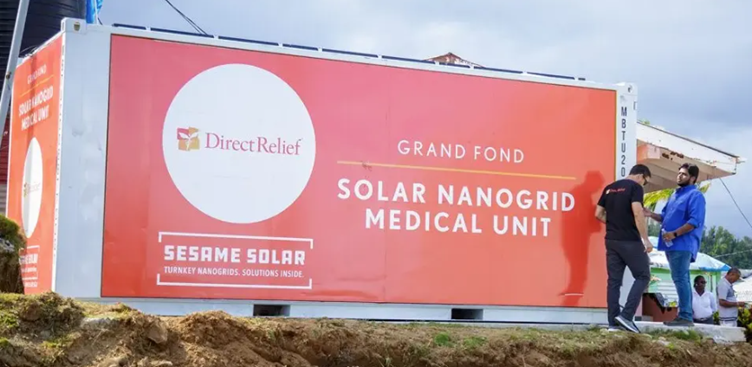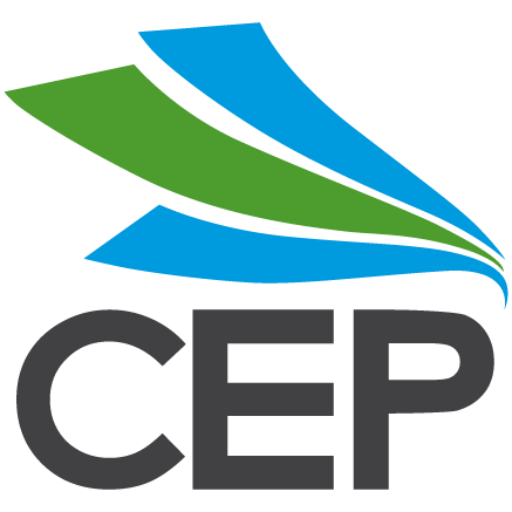EV Gender Bias, Sea Level Prediction Tool and Climate Change and Health
In this issue:
EVs sales show gender bias
Proportionately, fewer women are buying EVs than men – at least in the US. An article by S&P Global indicates while women account for 41.2% of all new, personal vehicle sales in the US, they account for only 28% of EV sales. Even Tesla’s Model Y, competing in the compact SUV category, a segment historically popular with women, reaches only 35% penetration. While the article suggests range anxiety and safety concerns may be contributing factors, it doesn’t correlate the price differential between EVs and ICE vehicles against the gender pay gap. That may also explain why EV uptake is gender skewed.
EV interest shows gender bias
While the above story is based on actual registrations, a survey last year of interest levels in the purchasing of EVs shows a similar discrepancy between genders. 53% of men indicated interest in buying an EV in the next few years and 47% of women. Not a huge difference, perhaps, but certainly still an interesting one. As both articles went on to suggest, perhaps marketing messages need to be reviewed to make sure more demographic groups are engaged in the EV discussion.

Sea level projection tool
Sea levels continue to rise and increased 2.8mm between 2021 and 2022. For those who like comparisons, that’s 1 million Olympic-sized swimming pools. The increase since 1993 is over 90mm. The data come from NASA which also provides an interesting prediction tool that allows the user to input different warming scenarios and future dates to see how your coastal property will look in the future.

Keeping cooling sustainable
Sustainable cooling is a growing problem. As the climate warms and populations grow, the need for effective and sustainable cooling increases. Over the last decade energy demand for cooling has risen more than twice as fast as overall energy demand. Of the 3.5 billion people living in hot climates only around 15% have access to air conditioning and heat related deaths in the over 65s has increased 61% in the last 20 years, currently standing at around 300,000 a year. A collaboration between the IEA and Yale University has proposed a suite of technical and policy solutions to provide efficient, climate-friendly cooling solutions to improve mortality rates and deliver more comfortable and productive working environments.
Health and climate change
Of course, health issues linked to climate change go beyond cooling and touch on things like the spread of diseases, loss of productivity and food production and the numbers are staggering. Vulnerable populations (under 1 year and over 65s) endured 3.7 billion more heatwave days in 2021 than the 1986-2005 average. The number of months suitable for malaria transmission has increased by 31.3% in the highlands of the Americas over the last 50 years. The growing season for maize is 9 days shorter than 15 years ago and the winter and spring growing seasons for wheat 6 days shorter. These data are presented in a comprehensive, annual report on health and climate change published in the Lancet and anyone interested in, or doubting, the wider, global health implications of climate change should take a look.
Corporates lacking actionable sustainability plans
A new survey from Smurfit Kappa and the FT tells us only one in ten large corporates have “robust and actionable sustainability strategy”. Other headlines from the research, which covered 11 economies and 440 companies, were more positive. 50% claim to have tangible and ambitious plans for net zero by 2050 and 61% say sustainability is changing performance metrics.
Emergency power, clean water, medical aid from a transportable box
That’s what’s promised by Sesame Solar, a US start-up that is manufacturing solar powered emergency response units for disaster relief. The company offers generation, water cleansing, communications and medical response units that can be towed (or, presumably helicoptered) into location and active within 15 minutes. Prices start at US$100,000 per unit.

